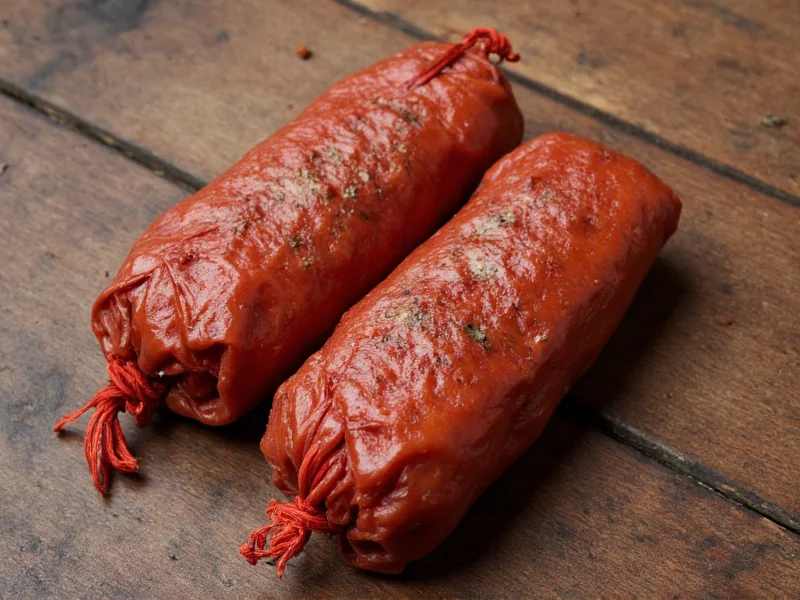Understanding Persian Dolma: More Than Just Stuffed Leaves
Persian dolma represents one of Iran's most cherished culinary traditions, with roots stretching back centuries. Unlike the tomato-based sauces common in Turkish dolma, Persian versions showcase delicate herb-infused rice mixtures that create a harmonious balance of flavors. The term "dolma" comes from the Turkish word "dolmak," meaning "to fill," but Persian cooks have developed their own distinctive approach to this ancient dish.
The Cultural Significance of Dolma in Persian Cuisine
In Iran, dolma isn't merely food—it's a cultural symbol often prepared for special occasions and family gatherings. Different regions of Iran have developed their own variations, reflecting local ingredients and traditions. Northern Iran incorporates more herbs and citrus, while southern versions might include dried limes. The preparation of dolma traditionally brings families together, with multiple generations working side by side to prepare the delicate stuffed vegetables.
Key Ingredients That Define Authentic Persian Dolma
The magic of Persian dolma lies in its carefully balanced ingredients:
- Fresh herbs: A generous mix of parsley, dill, mint, and sometimes cilantro
- Rice: Short-grain rice like Iranian Sadri or Italian Arborio for optimal texture
- Lemons: Both fresh juice and dried Persian limes (limoo amani) for distinctive tartness
- Meat (optional): Ground lamb or beef in some regional variations
- Spices: Limited to turmeric, cinnamon, and sometimes saffron
| Ingredient | Persian Dolma | Turkish Dolma | Greek Dolma |
|---|---|---|---|
| Primary Herbs | Parsley, dill, mint | Parsley, mint | Parsley, dill |
| Rice Preparation | Parboiled with herbs | Parboiled with tomato | Parboiled with olive oil |
| Meat Content | Optional, often omitted | Common | Rarely used |
| Sauce | Lemon-based broth | Tomato-based | Lemon-olive oil |
Traditional Persian Dolma Recipe
Creating authentic Persian dolma requires patience and attention to detail. Here's a traditional preparation method:
Ingredients for Authentic Persian Dolma
- 1 jar (16 oz) grape leaves, rinsed
- 2 cups short-grain rice
- 1 cup fresh parsley, finely chopped
- 1 cup fresh dill, finely chopped
- 1 cup fresh mint, finely chopped
- 1 medium onion, grated
- 1 lb ground lamb or beef (optional)
- 1 tsp turmeric
- 1/2 tsp cinnamon
- 1/4 cup lemon juice
- 2 dried Persian limes (optional)
- Salt and pepper to taste
Step-by-Step Preparation
- Prepare the rice: Wash rice until water runs clear, then parboil for 5 minutes. Drain and set aside.
- Mix filling: Combine rice with herbs, onion, meat (if using), and spices. The mixture should be moist but not wet.
- Prepare grape leaves: Remove stems and soften leaves by briefly dipping in hot water.
- Roll dolma: Place 1-2 tablespoons of filling near the stem end of each leaf. Fold sides inward, then roll tightly toward the tip.
- Cook dolma: Arrange rolls seam-side down in a pot. Add enough water to cover, plus lemon juice and dried limes. Weight down with a plate to prevent unraveling.
- Simmer: Cook on low heat for 45-60 minutes until rice is tender and flavors meld.
Regional Variations Across Iran
Persian dolma varies significantly across Iran's diverse regions:
- Northern Iran: Features more herbs and citrus, often with pomegranate molasses
- Central Iran: Uses more dried fruits like barberries and raisins
- Southern Iran: Incorporates dried limes and sometimes dates
- Western Iran: May include more meat and walnuts
Serving Persian Dolma: Traditional Accompaniments
Authentic Persian dolma is traditionally served with:
- Fresh herbs and radishes on the side
- Lemon wedges for additional tartness
- Mast-o-khiar (yogurt with cucumber and herbs)
- Taftoon or lavash bread
- Simple green salad with feta cheese
Mastering Persian Dolma: Essential Cooking Tips
Perfect your Persian dolma with these professional techniques:
- Rice texture: Parboil rice until half-cooked; it should finish cooking inside the leaves
- Rolling technique: Roll tightly but not so tight that leaves tear during cooking
- Preventing unraveling: Always place seam-side down and weight with a plate
- Flavor development: Let dolma rest for 15-20 minutes after cooking before serving
- Storage: Tastes better the next day as flavors continue to meld
Persian Dolma vs. Other Regional Variations
While stuffed vegetables exist throughout the Middle East and Mediterranean, Persian dolma stands apart through:
- Herb-forward profile: Uses significantly more fresh herbs than other versions
- Subtle seasoning: Relies on natural flavors rather than heavy spices
- Lemon-based cooking liquid: Creates a delicate tartness without tomato
- Meat usage: Often vegetarian or with minimal meat compared to Turkish versions
- Texture: Rice remains distinct rather than becoming mushy
The Evolution of Persian Dolma Through History
Persian dolma's history traces back to ancient Persia, where stuffed vegetables appeared in royal kitchens. The Safavid dynasty (1501-1736) particularly refined these dishes, incorporating ingredients from across the empire. Unlike Ottoman versions that spread through conquest, Persian dolma developed organically through trade routes that brought new ingredients to Iranian cooks. The dish reflects Iran's agricultural diversity, with regional variations showcasing local produce from the Caspian coast to the Persian Gulf.











 浙公网安备
33010002000092号
浙公网安备
33010002000092号 浙B2-20120091-4
浙B2-20120091-4